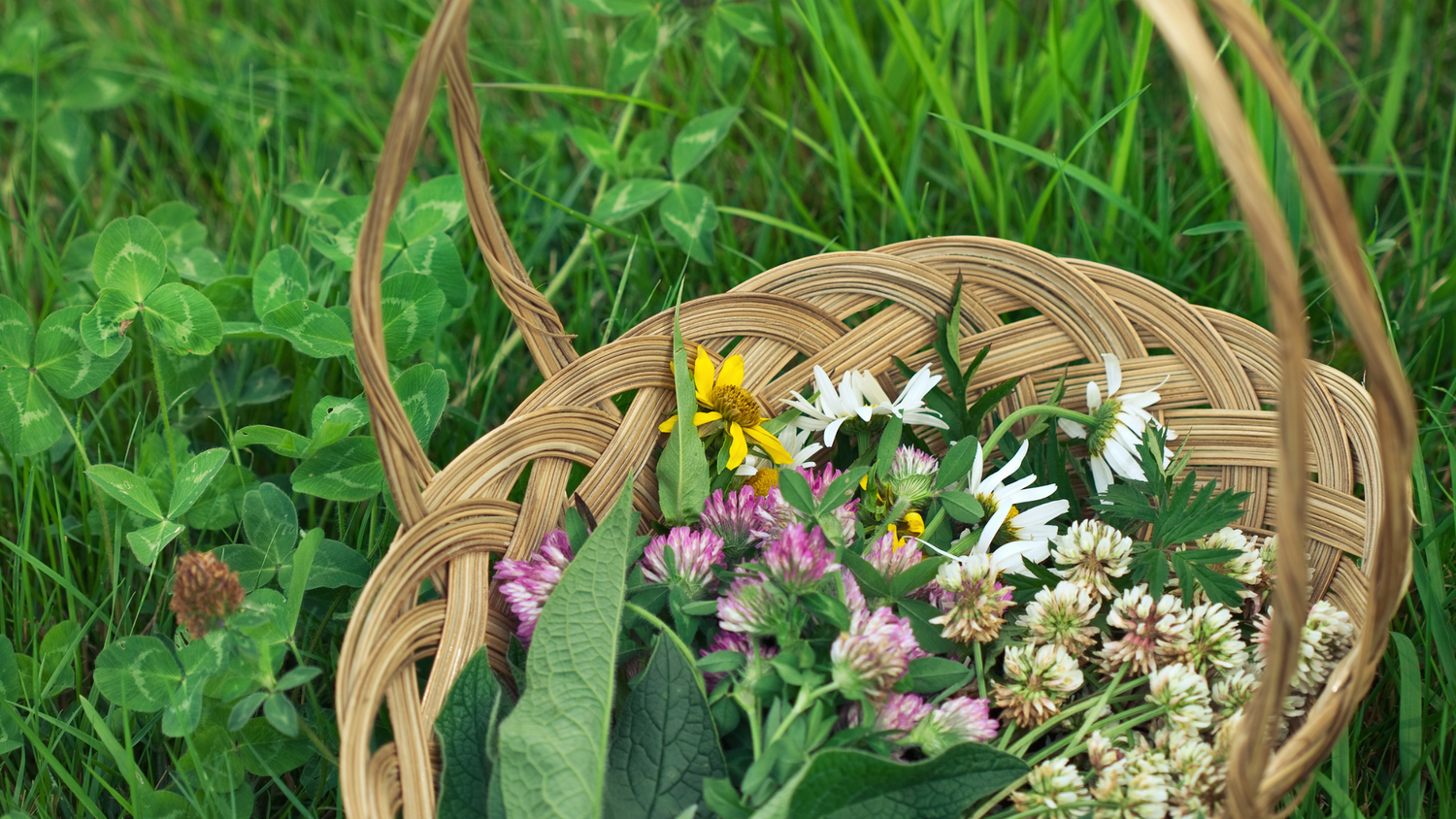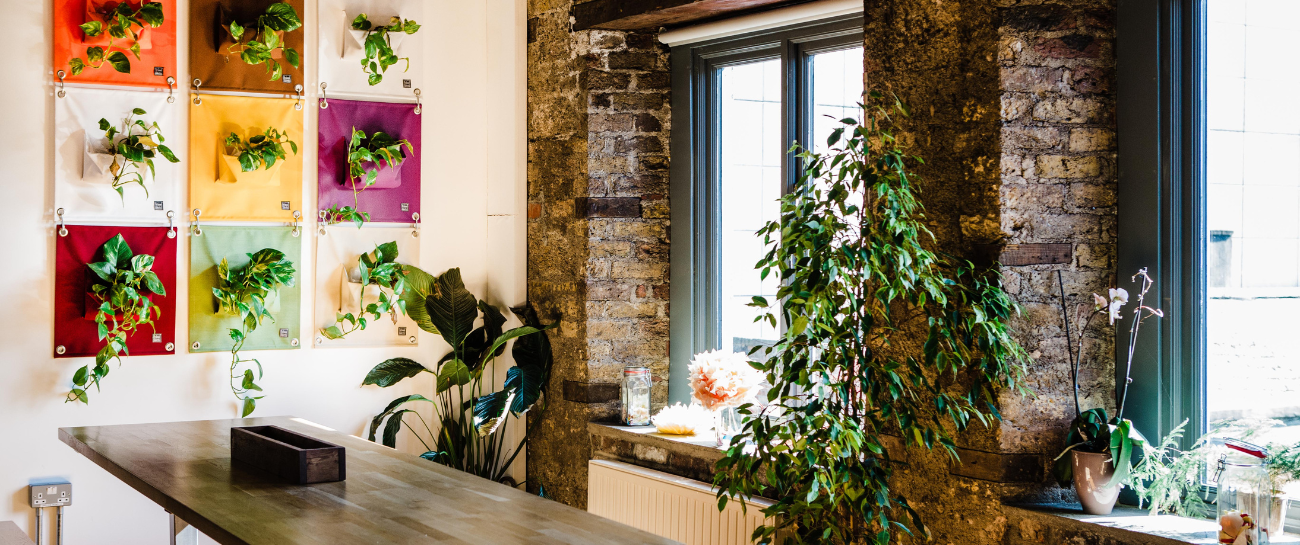Though they can’t speak, plants send us little silent messages all of the time.
From requests for resources to warnings of trouble, they communicate via visual cues such as an altered leaf colour or droopy looking foliage.
By learning to read and troubleshoot these signs, you’ll be able to catch minor issues before they become big problems, thereby keeping your prized indoor plant happy and healthy.
Here is a list of 5 of the most common plant problems and our guide to combating them.

Problem #1: Help! The leaves of my plant are turning yellow.
If you notice your plant’s leaves turning yellow, get ready to play plant therapist and check for signs of stress.
The most common plant stressor is too much or too little water. To check how much moisture your plant is getting, press a finger about an inch into the plant’s soil (don’t just test the surface of the soil, which tends to dry out the fastest).
Another likely reason your plant’s leaves are turning yellow is that they’re starved for sunshine. If your apartment doesn’t get a lot of natural light, it may be time to book your plant’s next sun-bathing session. If your plant is located in a shady corner, consider relocating it permanently to a sunny spot, or let it soak up the sun near a window for a couple of hours.
If the weather has changed suddenly, make sure that your plant is not in a draft, near a heater, or reacting to an unexpected environmental change. Check that your pot has adequate drainage and that the plant isn't root-bound.

Plant #2: Help! My plant is infested with pests!
A pest infestation, although difficult to see with the naked eye, may be to blame for your plant looking a little worse for wear.
Mealybugs or spider mites are all common pests that can provoke and plague your innocent houseplant.
Unsure of the signs?
Look out for tiny holes on the leaves- this can indicate spider mites are chomping on them.
If you notice fluffy white wax on your plant- mealybugs could be the culprit!
To quell infestations, try removing the affected leaf or leaves, rinse off your plant and spritz with insecticidal spray or neem oil. Looking for a natural solution? Check out our recipe for homemade eco-friendly pest-repellents here.

Plant Problem #3: Help! My plant is leaning over and looks droopy!
Just like humans, sometimes our plants can become vulnerable and require a little extra support.
While over and underwatering your plant can cause the leaves to wilt or droop, sometimes there’s something simpler at play and comes down to the natural structure needs of your plant.
Outdoors, in their natural habitats, plants are subjected to all sorts of damaging conditions from strong winds to heavy footfall. Both of these encourages the plants to grow quickly and develop sturdy support structures.
Indoors, where there is rarely wind and the plant is more protected, they often outgrow their support system, resulting in weaker stems. In these cases, it may be necessary to stake up your plants.
Stakes can come in many forms such as moss poles or wire and should be added to the plant when it’s relatively young or as soon as it starts to show signs of needing additional support. We recommend inserting the support to the edge of the plant pot to allow for optimum growth opportunities.

Plant Problem #4: Help! The leaves of my plant are turning brown!
When foliage looks dry and dead on the ends, it's a warning sign that something needs to change with your care regimen.
Although browning on the foliage can happen for a number of reasons, the most likely causes are the way you're watering.
Inconsistent watering is a recipe for browning leaves. With the exception of succulents, which need a light hand with the watering can, most indoor plants prefer a steady supply of moisture. Set yourself calendar reminders on your phone to remind you to water.
As for the leaves that still have brown tips?
Snip away the dead parts away with a pair of scissors. For some plants that have long, strap-like foliage such as the spider plant, make your cuts at an angle to imitate the natural shape of the leaf.

Plant Problem #5: Help! My plant is loosing leaves!
Losing leaves from your favourite houseplant can be a frustrating problem -- mostly because it can be very hard to diagnose the causes and correct the situation.
Sometimes, it might not even be a problem at all as leaf loss is a normal condition of growth for many plants. However, if you suddenly see a lot of leaf loss at once or start losing healthy green leaves, then you might have one of the following problems:
- Shock- caused by a sudden change in conditions such as temperature, humidity, light levels or watering habits
- Low humidity- this can be helped by misting the leaves regularly or placing the pot on a tray of wet pebbles
- Physical damage - plants in high-traffic areas of your home can often experience leaf loss. Consider moving to a different location or a high place away from contact
- Pests - check the fallen leaves for telltale signs of infestation. Treat the plant with insecticidal soap and you should see a decline in leaf drop
- Over or under watering- leaf drop can occur when the soil is too wet or too dry. Generally, we recommend that you should wait until the top few inches of soil is dry before watering again
- Nutritional deficit- mostly likely the issue if your leaf loss is preceded by yellowing leaves. Try increasing your fertilizer schedule to see if that helps.

What problems do you commonly come across with your houseplants? Share your concerns in our comments below and we’ll aim to help you out!
Looking to expand your plant knowledge? Why not check out some more of our blog posts:
- Re-potting your houseplant: Everything you need to know!
- 7 Tips to keep your houseplant alive while away
- New to plant parenthood? A beginner’s guide to caring for your houseplant
Wait, before you go, we’d love you to join our virtual plant party:
@plantstoreireland





